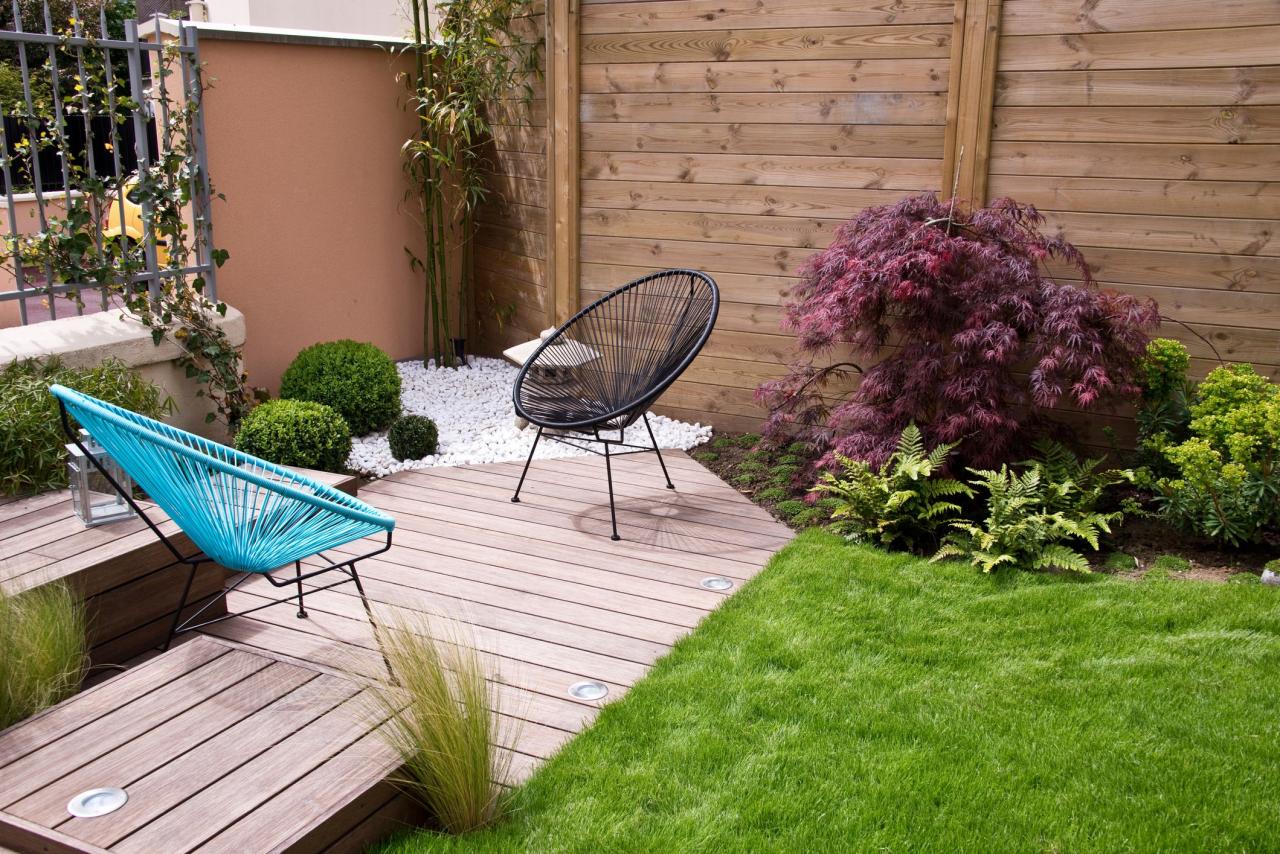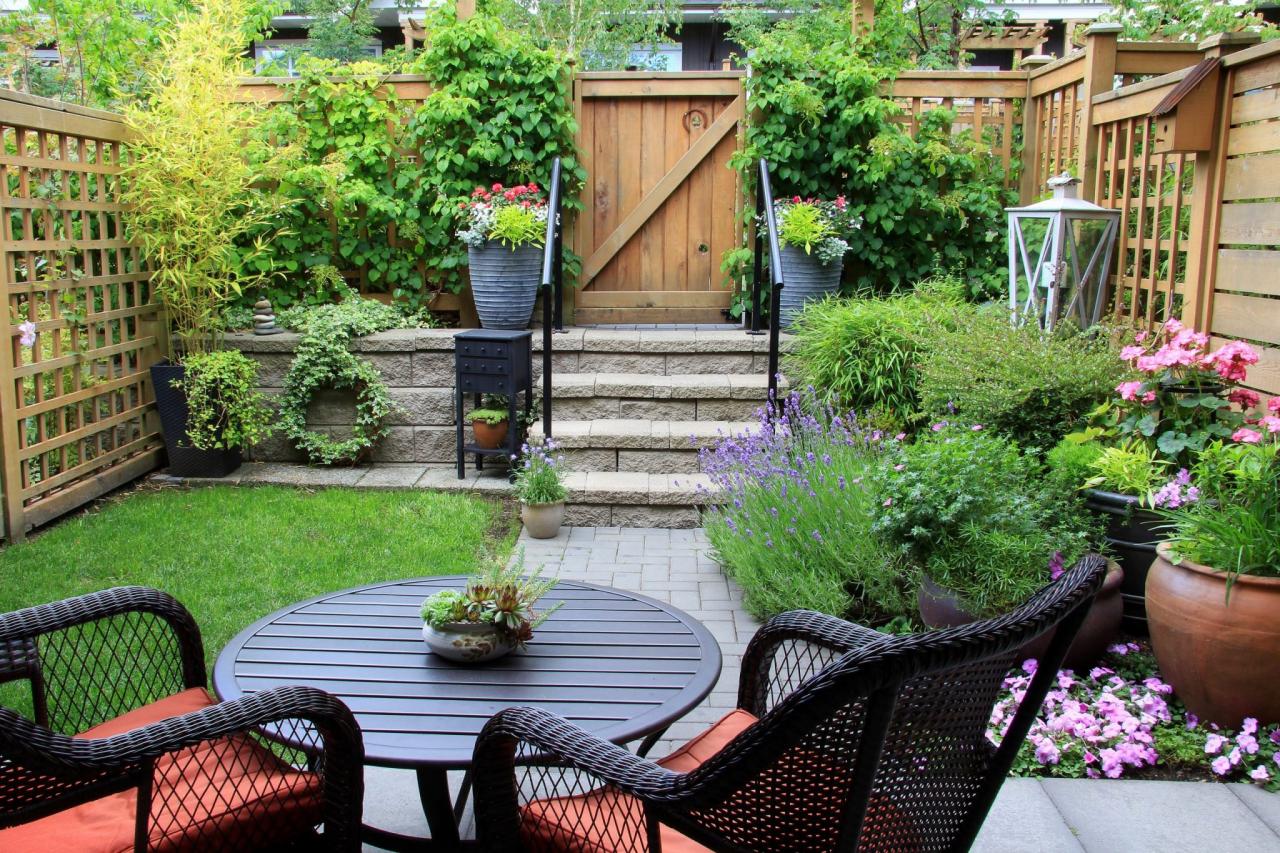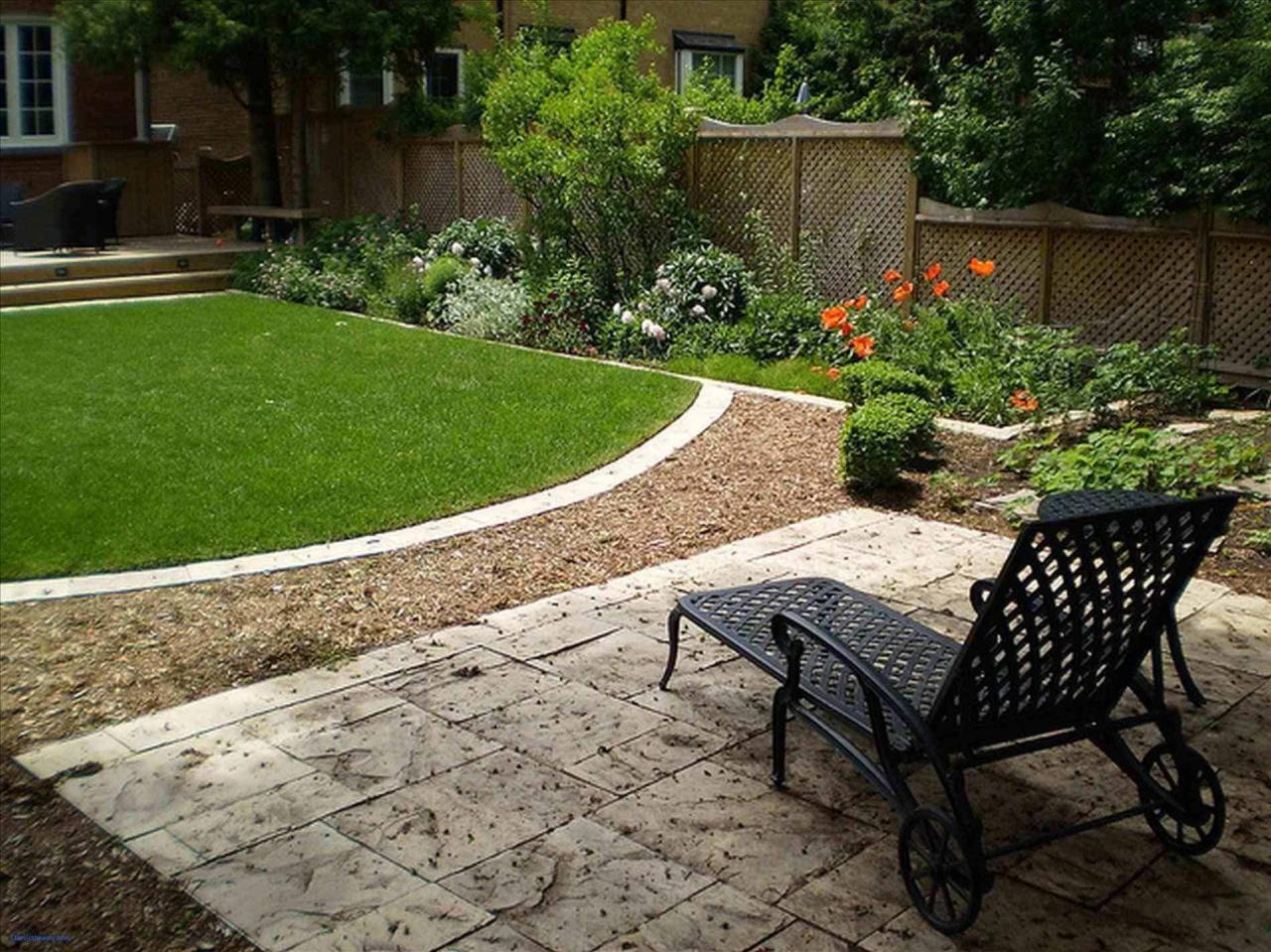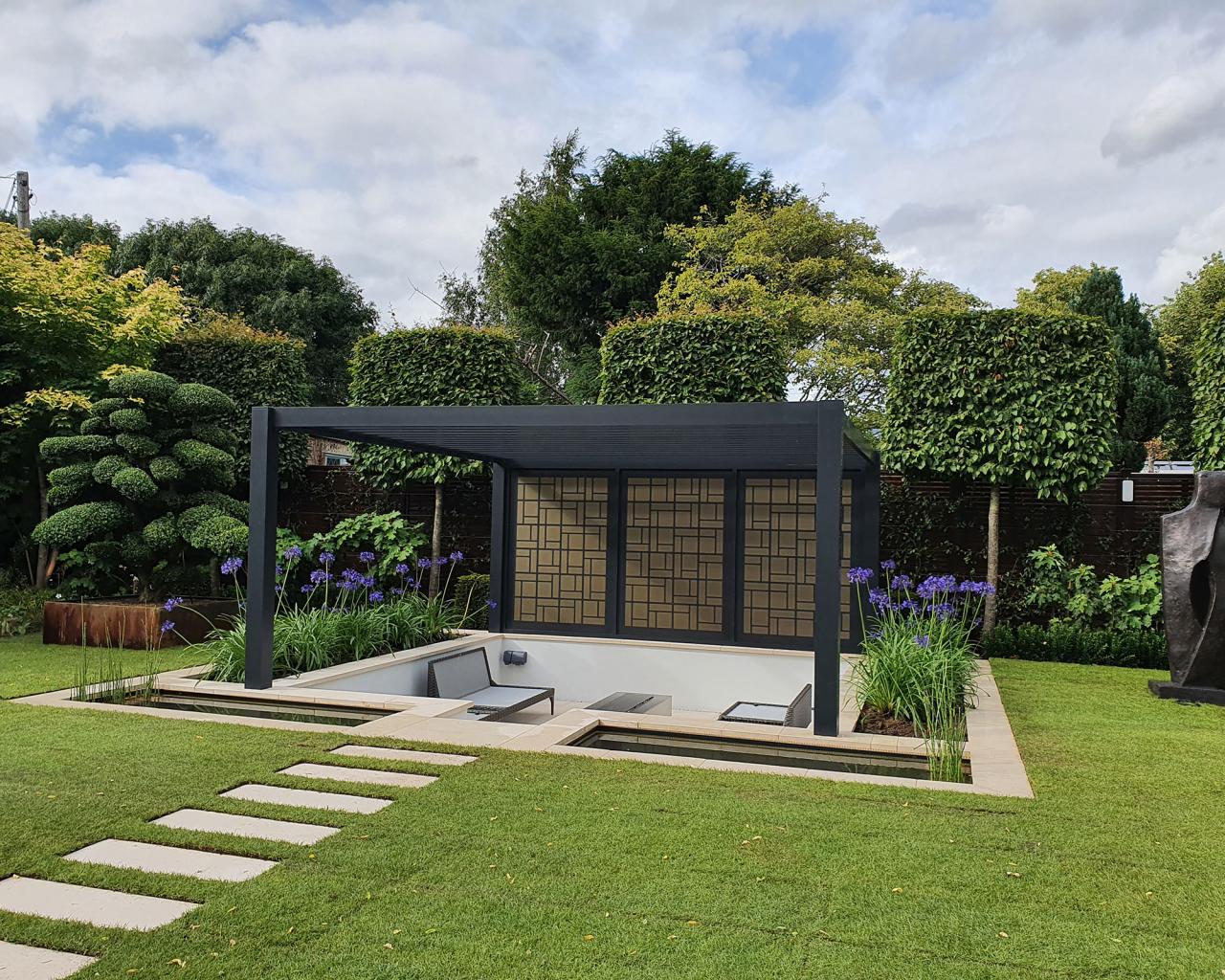Home garden ideas are blooming everywhere! Transforming a small backyard into a thriving haven is easier than you think. From meticulously planned vegetable patches to vibrant flowerbeds bursting with color, this guide unlocks the secrets to creating your dream garden. We’ll cover everything from choosing the right plants and mastering gardening techniques to incorporating sustainable practices and adding those special design touches that truly make your garden unique.
Get ready to dig in!
Whether you’re a seasoned gardener or a complete beginner, this comprehensive guide provides practical advice and creative inspiration to help you cultivate a beautiful and productive home garden. We’ll explore different garden styles, plant selection, sustainable practices, and creative features to help you design a space that reflects your personal style and enhances your outdoor living experience. Let’s turn your backyard into a personal paradise!
Planning Your Home Garden
Creating a thriving home garden, even in a small space, is achievable with careful planning. Understanding your backyard’s unique conditions—sunlight exposure, water access, and soil type—is the first step towards a bountiful harvest or a beautiful landscape. This involves strategic design, a well-thought-out planting schedule, and choosing a garden style that suits your aesthetic preferences and lifestyle.
Designing a Small Backyard Garden Layout
Optimizing space is key when designing a small backyard garden. Consider the amount of sunlight your yard receives throughout the day. South-facing areas generally get the most sun, while north-facing areas receive less. Water access is also crucial; plan your layout to minimize the distance you need to travel with watering cans or hoses. The following table provides a sample layout for a small backyard, showcasing plant placement based on sunlight needs.
Remember to adjust this based on your specific space and conditions.
| Plant | Sunlight Requirements | Placement |
|---|---|---|
| Tomatoes | 6-8 hours of direct sunlight | South-facing area |
| Lettuce | 4-6 hours of sunlight | East or West-facing area |
| Basil | 6-8 hours of sunlight | South-facing area, near tomatoes |
| Zucchini | 6-8 hours of sunlight | South-facing area |
| Spinach | 4-6 hours of sunlight | East or West-facing area |
Creating a Vegetable Garden Planting Schedule
A successful vegetable garden relies on a well-planned planting schedule that incorporates succession planting—planting new crops as others are harvested—to maximize yield throughout the growing season. This ensures continuous harvests and prevents wasted space.
Here’s a sample schedule for a small vegetable garden, remember to adjust based on your local climate and frost dates:
- Early Spring (March-April): Plant cool-season crops like lettuce, spinach, and radishes. These can tolerate cooler temperatures.
- Late Spring (May-June): Plant warm-season crops like tomatoes, peppers, and zucchini. Ensure the risk of frost has passed.
- Summer (July-August): Succession plant more lettuce and spinach for a fall harvest. Consider heat-tolerant vegetables like beans and cucumbers.
- Fall (September-October): Plant more cool-season crops like kale and broccoli. These can withstand cooler temperatures before the first frost.
- Spacing: Allow adequate spacing between plants according to their mature size to prevent overcrowding and ensure proper air circulation. Refer to seed packets or plant tags for specific spacing recommendations.
Exploring Different Garden Styles
Different garden styles offer diverse aesthetic appeals and functionality. Choosing a style that aligns with your personal preferences and available space enhances the overall garden experience.
Cottage Garden Style
A cottage garden is characterized by a romantic, informal look with a mix of flowering plants, herbs, and vegetables, often spilling over pathways in a seemingly haphazard yet charming way. Think overflowing flower boxes and a sense of natural abundance.
Formal Garden Style
Formal gardens are known for their structured, symmetrical layouts. Neatly trimmed hedges, geometric patterns, and precisely placed plants create a sense of order and elegance. Think symmetrical pathways and meticulously manicured lawns.
Japanese Garden Style
Japanese gardens emphasize tranquility and natural beauty. They often incorporate elements like water features, carefully placed rocks, and meticulously pruned trees and shrubs to create a serene and meditative atmosphere. Think miniature landscapes and a focus on natural forms.
Choosing Plants for Your Home Garden: Home Garden Ideas

Transforming your outdoor space into a vibrant, thriving garden begins with selecting the right plants. Understanding plant growth habits and care needs is crucial for success, ensuring your garden flourishes and brings you joy for years to come. The choices you make will impact not only the aesthetic appeal of your garden but also its overall health and sustainability.
Comparing Popular Flowering Plants
Let’s examine three popular flowering plants – Sunflowers, Roses, and Petunias – to illustrate the diversity in growth habits and care requirements. Sunflowers are known for their rapid growth, reaching impressive heights in a single season. They thrive in full sun and well-drained soil, requiring minimal maintenance beyond regular watering. Roses, on the other hand, are more demanding.
They require consistent watering, fertilization, and pruning to maintain their shape and encourage abundant blooms. They also prefer well-drained soil and ample sunlight, but can tolerate some shade. Petunias, finally, are relatively low-maintenance, spreading quickly to create a carpet of color. They tolerate a wide range of soil conditions and light levels, making them an excellent choice for beginner gardeners.
While all three plants produce stunning blooms, their varying needs highlight the importance of researching specific plant requirements before planting.
Revamp your home garden ideas with clever additions that maximize space and comfort. If you’re looking for stylish shade and weather protection, especially for rooftop gardens, check out these innovative rooftop pergola designs for shade and weather protection – they’re perfect for creating a relaxing oasis. Back down on the ground, these design elements can inspire your overall garden aesthetic, adding a touch of modern elegance to your outdoor space.
Native Versus Non-Native Plants
The decision to use native versus non-native plants in your home garden involves weighing several factors. Native plants, adapted to the local climate and soil conditions, generally require less water and maintenance than non-native species. They also support local ecosystems by providing food and habitat for native pollinators and wildlife. However, the selection of native plants might be limited compared to the wide variety of non-native options available.
Non-native plants can offer a broader range of colors, textures, and bloom times, adding diversity to your garden. However, they may require more frequent watering, fertilization, and pest control, and some can even become invasive, outcompeting native species. For example, while a vibrant, non-native hibiscus might add a splash of color, it may need more frequent watering than a native coneflower, which thrives with less attention in the same climate.
Designing a Vibrant Flower Bed
Imagine a flower bed bursting with color and texture. At the back, tall purple coneflowers ( Echinacea purpurea) stand tall, their daisy-like blooms attracting butterflies. In the middle, shorter orange daylilies ( Hemerocallis) add a vibrant contrast, their bright color complementing the deep purple of the coneflowers. Their strappy leaves create a different texture compared to the rougher leaves of the coneflowers.
At the front, trailing purple alyssum ( Lobularia maritima) spills over the edges, creating a soft, delicate texture that contrasts with the bolder textures of the taller plants. The interplay of colors – the deep purple, vibrant orange, and delicate lavender – creates a visually stunning effect, while the varied heights and textures add depth and interest. This combination ensures a lively and engaging display throughout the growing season.
Gardening Techniques and Maintenance

Nurturing your home garden isn’t just about planting seeds; it’s about understanding the art of effective gardening techniques and consistent maintenance. A thriving garden requires attention to detail, from proper watering to enriching the soil. This section will guide you through essential practices to ensure your plants flourish.
Dreaming of a lush home garden? Whether you’re cultivating herbs on a windowsill or envisioning a sprawling backyard oasis, material choices are key. For those aiming for a rooftop garden, check out this guide on choosing the right materials for a low-maintenance rooftop garden design to ensure longevity and ease of care. Ultimately, smart material selection translates to a thriving home garden, no matter the space.
Effective Watering Techniques
Efficient watering is crucial for healthy plant growth. Overwatering can lead to root rot, while underwatering stunts growth. Choosing the right method and applying it consistently is key. The following techniques promote water conservation and targeted hydration.
- Drip Irrigation: This system delivers water directly to the roots through a network of tubes and emitters. It minimizes water waste by preventing evaporation and runoff, making it ideal for larger gardens or areas with limited water resources. Imagine a network of small tubes snaking through your garden beds, gently releasing water at the base of each plant. This targeted approach ensures that the water reaches where it’s needed most.
- Soaker Hoses: These porous hoses release water slowly along their length, providing consistent moisture to the soil. They are easy to install and are a cost-effective alternative to drip irrigation, especially for smaller gardens. Picture a long, perforated hose lying along your rows of vegetables, slowly saturating the soil over time.
Soil Health and Fertility Improvement, Home garden ideas
Healthy soil is the foundation of a successful garden. Rich, fertile soil provides essential nutrients and promotes strong root development. Organic matter plays a vital role in improving soil structure, water retention, and nutrient availability.
Improving soil fertility involves incorporating organic matter such as compost, aged manure, or leaf mold. These materials add nutrients, improve drainage, and create a more hospitable environment for beneficial microorganisms. For example, adding a layer of compost before planting can significantly boost the yield of your vegetables. Regular soil testing can help determine nutrient deficiencies and guide the application of appropriate amendments.
Composting Process
Composting is a natural process that transforms organic waste into a nutrient-rich soil amendment. It’s an environmentally friendly way to reduce waste and improve your garden’s health. The following steps Artikel the process of creating a compost bin and managing the composting process.
| Step | Description | Materials | Tips |
|---|---|---|---|
| 1. Bin Construction | Build or purchase a compost bin, ensuring adequate ventilation. This could be a simple three-sided structure or a more elaborate bin with a lid. | Wood, wire mesh, pallets | Ensure good air circulation to prevent anaerobic decomposition. |
| 2. Material Collection | Gather organic materials like kitchen scraps (fruit and vegetable peels, coffee grounds), yard waste (leaves, grass clippings), and shredded paper. | Kitchen scraps, yard waste, shredded paper, cardboard | Avoid meat, dairy, and oily foods, which can attract pests and create foul odors. |
| 3. Layering | Layer “greens” (nitrogen-rich materials like grass clippings) and “browns” (carbon-rich materials like dried leaves) in your bin. | Greens (grass clippings, vegetable scraps), Browns (dried leaves, shredded paper) | Maintain a roughly equal ratio of greens to browns for optimal decomposition. |
| 4. Maintenance | Regularly turn the compost pile to aerate it and speed up decomposition. Add water if the pile becomes too dry. | Garden hose, pitchfork or shovel | Keep the compost pile moist, but not soggy. |
Sustainable Gardening Practices

Embracing sustainable practices transforms your home garden into a thriving ecosystem, benefiting both your plants and the environment. By minimizing our impact and maximizing natural processes, we can create a garden that is both productive and environmentally responsible. This involves attracting beneficial insects, employing organic pest control, and utilizing water resources wisely.
Sustainable gardening isn’t just a trend; it’s a responsible approach to horticulture that prioritizes long-term health and ecological balance. By focusing on natural methods and reducing reliance on synthetic inputs, we can cultivate a healthier garden and contribute to a healthier planet.
Attracting Beneficial Insects and Pollinators
A diverse garden ecosystem relies on beneficial insects and pollinators for pollination and natural pest control. By providing the right habitat and food sources, you can attract these vital creatures and reduce your need for chemical interventions.
- Plant a variety of flowering plants that bloom at different times throughout the growing season, providing a continuous source of nectar and pollen for pollinators like bees, butterflies, and hummingbirds. Consider including native wildflowers, herbs, and flowering shrubs.
- Provide nesting sites for beneficial insects such as ladybugs, lacewings, and praying mantises. This can include leaving some leaf litter undisturbed, installing insect hotels, or planting plants that offer shelter.
- Avoid using broad-spectrum insecticides that can harm beneficial insects along with pests. Targeted pest control methods are crucial to protecting the helpful insects in your garden.
- Create a water source, such as a shallow dish of water with pebbles, to provide drinking water for pollinators, especially during dry periods.
Organic Pest and Disease Control
Organic pest and disease control methods prioritize natural processes to maintain a healthy garden without relying on harmful chemicals. These methods are safer for humans, pets, and the environment, promoting a balanced ecosystem.
- Introduce natural predators: Encourage the presence of beneficial insects like ladybugs (which feed on aphids) and lacewings (which prey on many garden pests).
- Employ companion planting: Certain plants repel pests or attract beneficial insects. For example, planting basil near tomatoes can deter tomato hornworms.
- Use organic pest control methods: Neem oil, insecticidal soap, and diatomaceous earth are effective against many common garden pests without harming beneficial insects or pollinators. Always follow product instructions carefully.
- Practice crop rotation: Rotating crops annually helps to break pest and disease cycles, reducing the likelihood of infestations in subsequent years.
- Maintain garden hygiene: Remove weeds, diseased plants, and fallen leaves promptly to reduce the spread of pests and diseases.
Rainwater Harvesting for Irrigation
Rainwater harvesting offers a sustainable and cost-effective way to irrigate your garden, reducing reliance on municipal water supplies and conserving precious resources. Collected rainwater is naturally soft and free of chemicals, promoting healthier plant growth.
- Install a rainwater harvesting system: This can range from simple rain barrels connected to downspouts to more elaborate systems with underground tanks. The size of the system depends on your garden’s water needs.
- Use a filter to remove debris: A simple filter can prevent leaves and other debris from clogging your irrigation system.
- Irrigate efficiently: Use drip irrigation or soaker hoses to deliver water directly to the roots of your plants, minimizing evaporation and runoff.
- Water deeply and less frequently: This encourages deep root growth, making plants more drought-tolerant.
- Monitor soil moisture: Regularly check the moisture level of your soil to avoid overwatering or underwatering your plants.
Creating Special Features in Your Garden

Transforming your home garden from a simple plot of land into a captivating outdoor haven involves incorporating unique and personalized features. These special elements not only enhance the aesthetic appeal but also add functionality and create distinct zones within your garden space, reflecting your personal style and preferences. Let’s explore some ideas to elevate your gardening experience.
Designing a Culinary Herb Garden
A small herb garden is a fantastic addition to any home garden, providing fresh ingredients for culinary delights right at your fingertips. Careful planning ensures a thriving and productive herb patch. Consider the herbs’ individual needs regarding sunlight and spacing to maximize growth. The following table provides a guide for common culinary herbs:
| Herb | Culinary Uses | Sunlight Requirements |
|---|---|---|
| Basil | Pasta sauces, pesto, salads | 6-8 hours of direct sunlight |
| Rosemary | Roasted meats, soups, stews | 6-8 hours of direct sunlight |
| Thyme | Soups, stews, roasted vegetables | 6-8 hours of direct sunlight |
| Parsley | Garnishes, salads, sauces | 4-6 hours of sunlight |
| Mint | Cocktails, teas, desserts | 4-6 hours of sunlight |
Creating a Vertical Garden
Vertical gardening is an excellent space-saving solution, especially for smaller gardens or patios. Utilizing trellises, hanging planters, or wall-mounted systems allows you to cultivate a variety of plants while maximizing vertical space. A visually appealing vertical garden might incorporate a mix of textures and colors, perhaps combining climbing plants like ivy or flowering vines with trailing herbs or succulents in hanging baskets.
The cascading effect creates a dynamic and eye-catching display. For example, a trellis covered in fragrant jasmine alongside hanging baskets of vibrant petunias offers both visual appeal and a delightful aroma.
Enhancing Ambiance with Outdoor Lighting
Strategic outdoor lighting can dramatically transform your garden’s ambiance at night. Different lighting styles create distinct moods. Path lighting, using low-voltage LED lights, provides safe and gentle illumination for navigating walkways. Spotlights can highlight specific features, such as a beautiful statue or a flowering tree, creating dramatic focal points. String lights, draped across trees or fences, cast a warm, inviting glow, perfect for creating a relaxed atmosphere for evening gatherings.
Consider using solar-powered lights for an eco-friendly and cost-effective option. For instance, uplighting a mature oak tree with warm white LED spotlights creates a magical and welcoming ambiance.